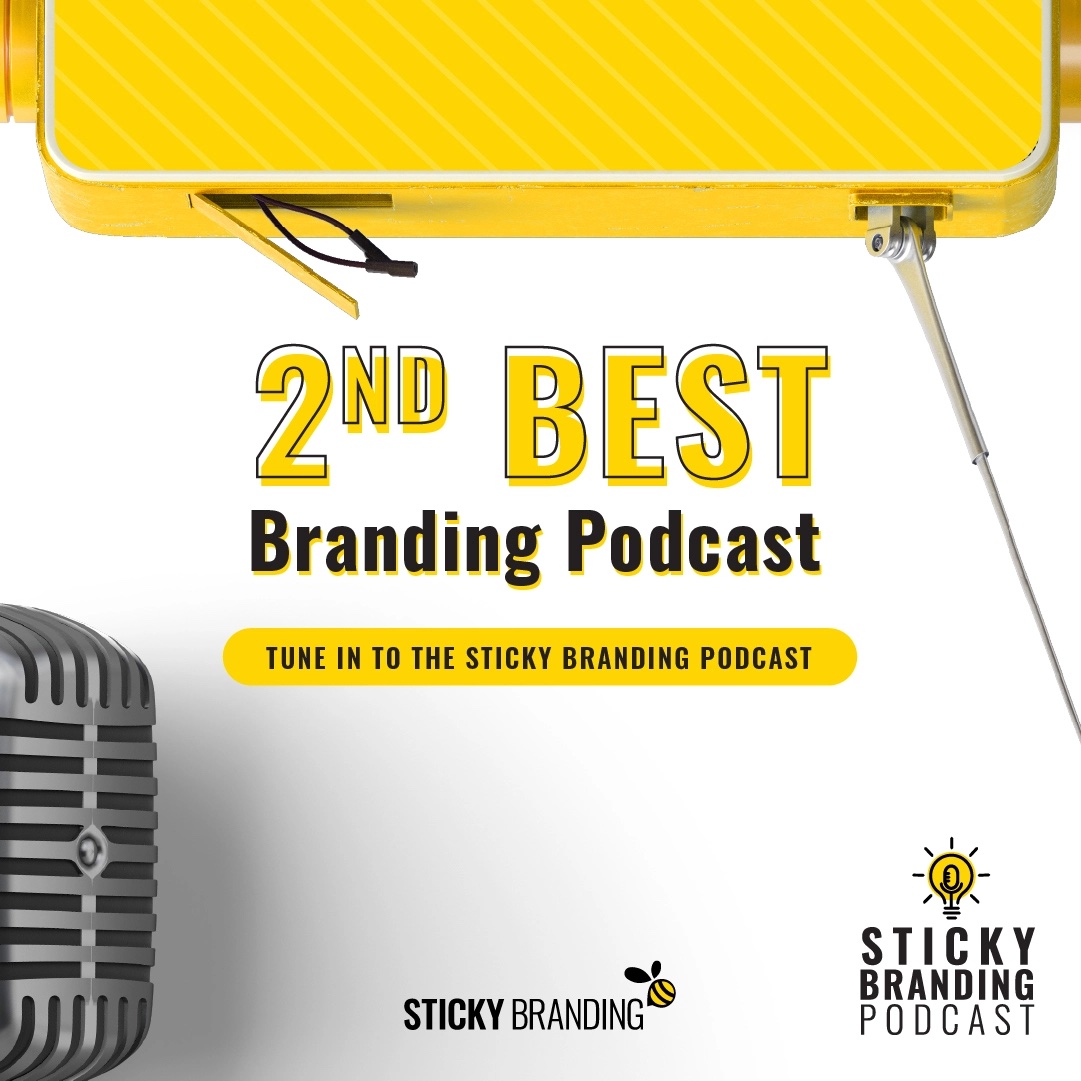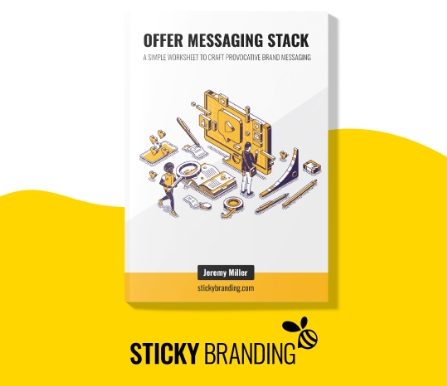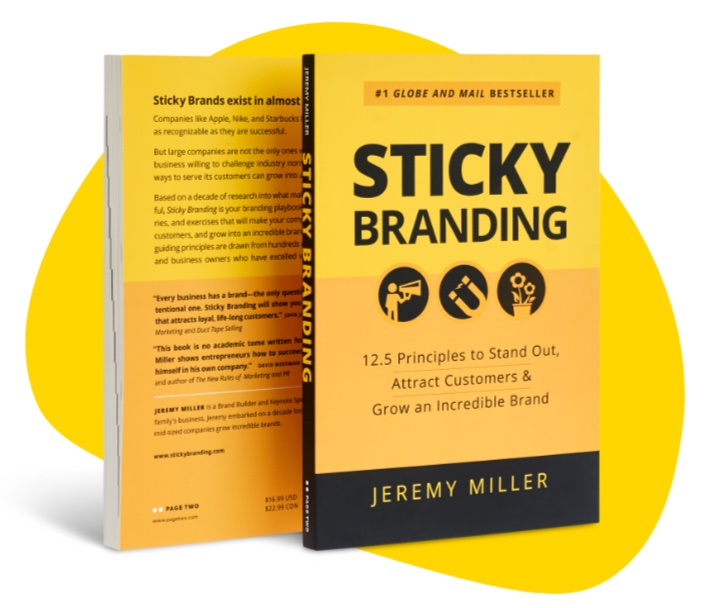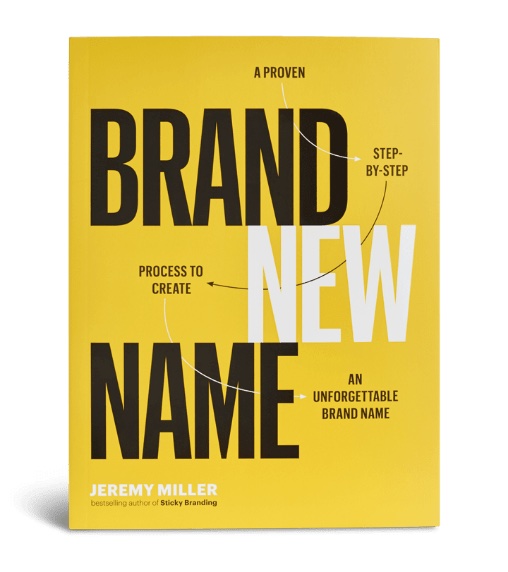It’s time to challenge convention:
- Do customers require a face-to-face meeting to make a purchase decision?
- Should customers have to call in or meet a sales rep to get pricing?
- Do customers really need to receive a proposal?
Companies do a lot of things in sales out of tradition. In the pre-internet days companies relied on large outside sales forces, because they were the most efficient way to connect and communicate with customers. Today, the internet has replaced most of what outside reps do.
Strangely, companies are still relying on outside sales reps versus questioning how their customers really want to buy. This is shaped by preconceived expectations: outside sales reps are better than inside sales; this is the way we’ve always sold; face-to-face interactions are better.
This is the fat, and corporate sales teams are filled with it. It’s time to challenge convention to deliver better sales results. To dramatically speed up sales you’ve got to cut the fat from your sales process.
Reduce the Time to Buy
In 2007 I saw David Berman, then President of WebEx, speak at the Sales 2.0 conference. In his presentation David demonstrated how WebEx had compressed their sales cycle from 90 days to 21 days. His message for the audience was to strip away everything that causes a delay in the sales cycle.
David said the biggest problem with an outside sales force is they create delays with scheduling. Every time you book a face-to-face meeting you’re adding time to the sales process.
Think about it. The customer calls in for pricing information, and instead of giving a quote and driving to a logical next step the sales rep asks for a meeting. The meeting is scheduled a few days later, and the buying process is needlessly slowed down.
These are the decisions that fatten your sales process. A face-to-face meeting may be a better experience, but is it really what the customer needs to make a purchase decision?
Measure Velocity
Velocity is a measure of how quickly it takes to close a sale.
Velocity is a relatively easy metric to capture. Track the time it takes a customer to move through each phase of your sales funnel from inquiry to close. You can start with some simple metrics:
- How long does it take for your organization to respond to a website lead? (Anything over twenty-four hours is too long.)
- How long does it take for a customer to receive pricing?
- How long does it take to move a customer from inquiry to close?
Once you have time measurements you can start looking for the fat. What can you cut to make it easier for your customers to buy?
My holy grail for a brand is the Two Call Close. This is the ability to sell big deals ($10,000 to $75,000) in two calls over two weeks. This is fast efficient selling, and requires stripping away all the extraneous steps in the sales process.
Make It Simple, Really Simple
Again and again organizations complicate things. It may be “best practice” to have face-to-face meetings or write long winded proposals, but is that what the customer really wants?
Put yourself in your customers’ shoes. What do they want? When do they want it? How can you make buying your services super easy and simple?
These are big complex questions, and what works for one organization may not work for yours. But if you get obsessive in making buying your services simple and easy you’ll find there’s plenty of fat in your sales process — fat you’ll be glad to cut.





